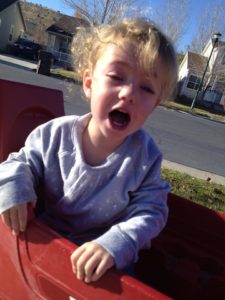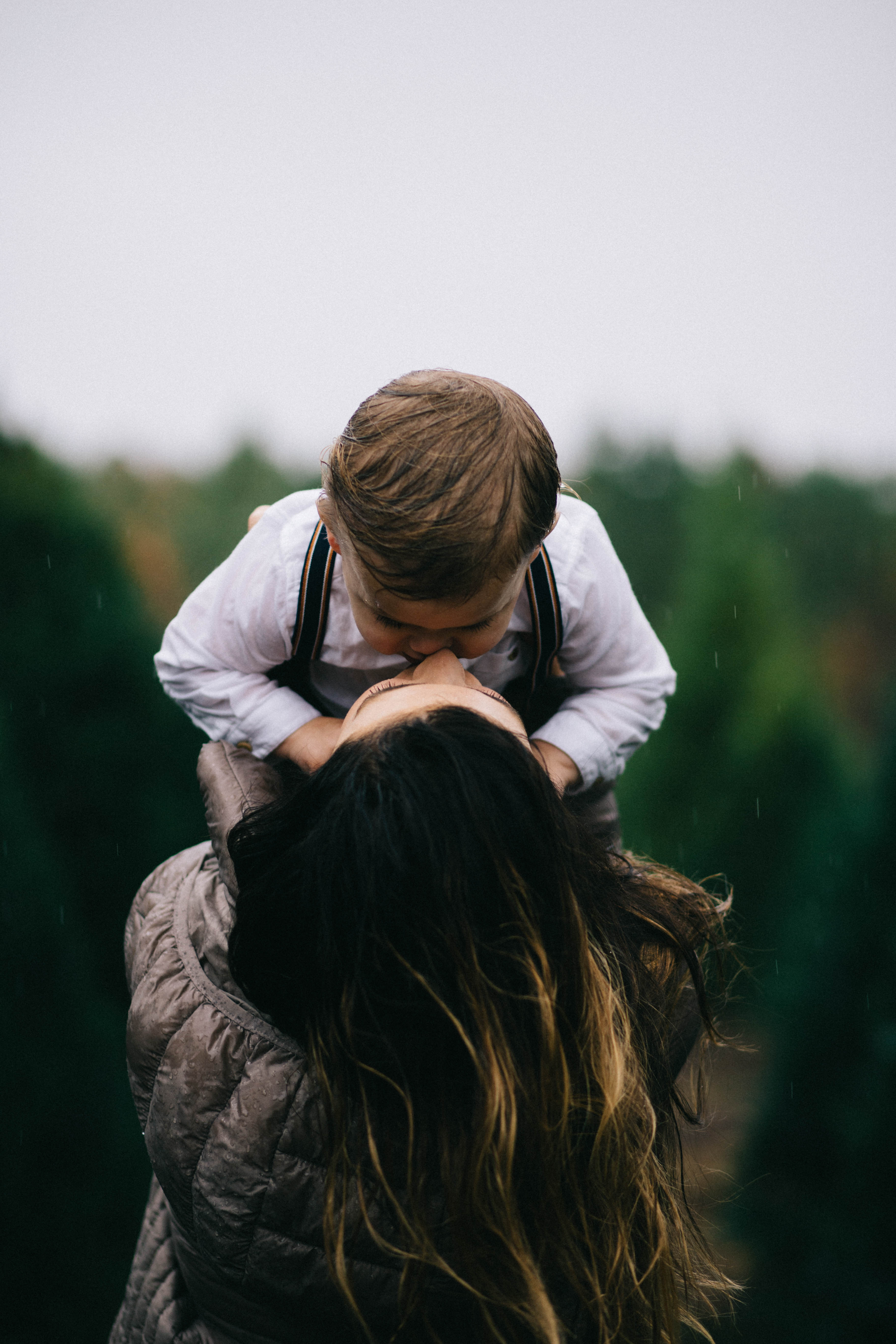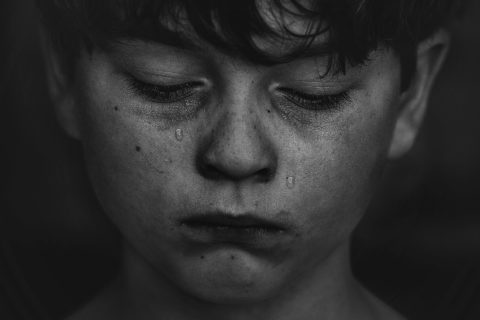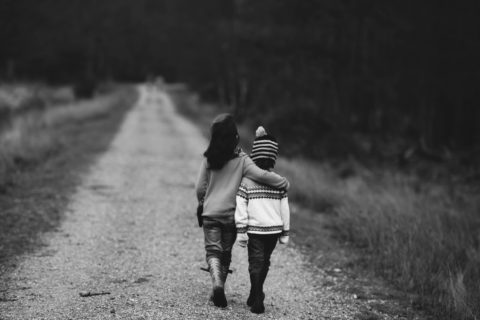
It is an interesting milestone in parenthood when your sweet little peanut of a kiddo yells the words ‘I hate you’. Rational understanding and strategies get clouded by strong emotions of hurt. As frustrating and shocking the first ‘I hate you’ moment is, it seems to be a right of passage that all parents must endure. Although there is no perfect answer for this situation, here is a rough guideline to how to handle this distressing moment.
- Stop, take a breath. Remove your emotion (we will revisit it later).
Do not let emotion overtake you in the moment.
- Ask them if they would like to talk or if they would like to take a timeout before the talk.
Your child should always have a choice. If they need a moment to calm down, give them that moment. You are more likely to have a positive interaction if everyone is calm.
- Ask them what they are feeling.
We want them to be able to identify their inner emotions and learn to express them in a way others will be receptive too. Remember that the situation may have nothing to do with you.
- Figure out what is under the hate/anger.
Anger is a secondary emotion, meaning that there is always something fueling it. These emotions include but are not limited to: guilt, shame, hurt, physical pain, confusion, anxiety, sadness, or embarrassment.
- Understand and validate that they are having these emotions.
The statement, “You are just fine, it’s not that bad” devalues their emotions and will shut communication down fast. Try to see their point of view and how it might feel to be them in the specific situation.
- See if there is any way you can help or repair the issue.
Whether you are part of the issue or not, as parents we would like to help. It may not entail you talking to teachers or helping with homework, it may be as simple as making cookies together and spending time together.
- Express how you felt (the emotion under your frustration) if appropriate for the age group and situation.
Discuss your emotions with another adult if needed.
- Follow up with your child on how helping/repair went and how they are feeling.
Not only are you checking up on how things are going for them, you are also figuring out how to help them in the future. These interacting will go smoother the more practice you have and confidence in your skills.
- Build the relationship.
Take time to connect with them and build strong positive interactions. You should find time each week to meet one on one with each child and see how they are doing as an individual. The better your relationship with them, the more likely they are to express concerns with you and seek your help when they need it.
My Challenge to you: Try these steps with your children or other social interactions this week. Note any insights and modify to fit your style.

Happy kid interactions friends!
– Jessie the Therapist



